Sexual Behavior of Tribulus Terrestris
Introduction
Many of today’s popular dietary supplements come from plants that have been used medicinally since ancient times. One of these botanicals is Tribulus terrestris, which is purported to have a variety of health benefits, including reduced blood sugar, cholesterol, altered hormone levels and increased sexual function and libido. Tribulus terrestris is normally distributed in tropical and subtropical countries in Asia, Africa, south Europe, North Australia and introduced in new world tropics. In UAE common and widespread in Urban areas, roadsides and depressions receiving runoff water (Figure 1) [1]. In UAE the plant is used by some healers as an aphrodisiac, diuretic and hypotensive also used to treat dysuria; it is soothing, analgesic, diuretic, tonic, against colic . The leaves of the plant used to treat enlarged spleen, puerperal fever, sores, diarrhea, nervous exhaustion and cramps, normally the whole plant is used. A transverse section of the stem from the periphery to the pith shows the following: an epidermal layer consisting of small ovoid cells with thick cell walls and the epidermis is covered with thick cuticle.
Attached to the epidermis are numerous one-celled covering trichomes that have comparatively wide lumens and thick cell walls. The epidermis is encircling several layer of cortical colenchyma (about 6-7 layers); the inner layers enclose groups of lignified fibres that have thick cell walls and narrow lumens. The cortex encircles phloem tissues, heavily lignified xylem tissues (vessels, trachieds and fibres) and at the centre are the nearly rounded parenchyma cells of the pith which occupy a wide zone (Figure 2).
Figure 2:
a) Leaf: Detailed transverse section at the midrib region covering and glandular trichomes on the upper epidermis, palisade
(one layer) spongy tissues, vascular tissues, lower epidermis (less covering trichomes) coloured particles (in palisade and
spongy parenchyma cells). Vascular elements are surrounded by characteristic cells with thick cell walls and wide lumen.
b) From outside to inside (TS of stem): Covering trichomes, epidermal
layer (small globular cells covered with a thick cuticle),
several layers of cortical collenchyma, groups of lignified fibres of
the cortex (purple in colour), phloem tissues, heavily lignified
xylem tissues (vessels, tracheids, fibres (dark violet) and at the
centre the parenchyma cells of the pith.
c) From outside to inside (TS of stem): Epidermal layer (small ovoid
cells with thick cell walls) bearing covering trichomes,
cortical collenchyma with thick cells, groups of lignified fibres with
thick cell walls and narrow lumens, phloem tissues, vessels,
tracheids and xylem fibres (heavily lignified).
Chemical Constituents
Alkaloids, fixed and volatile oils, saponins diasogenin, ruscogenin,
resin and sapogenin [2]. Compounds: terrestribisamide,
25R-spirost-4-en-3,12-dione and tribulusterine. N-p-coumaroyltyramine,
terrestriamide, hecogenin, aurantiamide acetate, xanthosine,
fatty acid ester, ferulic acid, vanillin, p-hydroxybenzoic acid
and β-sitosterol in dried fruits [3]. The steroidal saponins: protodioscin,
prototribestin, pseudoprotodioscin, dioscin, tribestin and
tribulosin. The flavonoid rutin. Furostanol saponin (tribol), and
sitosterol glucoside [4]. furostanol saponins from the fruits : terrestroside
A [5]. Furostanol glycosides: tribufurosides I and J from
the fruits [6]. sitosterol-D-glucoside and a spirostanol type steroidal
saponins: Tribulosin [7]. also contains the steroidal saponin:
protodioscin [8]. Steroidal saponins in the aerial parts : Protodioscin,
neoprotodioscin and prototribestin [9]. Aerial parts: flavonoids,
tannins,sterols and/or triterpens and volatile oils. leaves and
fruits: flavonoids kampferol, kamferl 3-glucoside, kaempferol 3-rutino-
side and tribloside.
Steroidal saponins diosgenin. Chlorogenin and gitogenin,
ruscogenin, hecogenin, neotigogenin, and 3-deoxy Δ3-diosgenin,
β- sitosterol and stigmasterol. Steroid glycoside dioscin, trillin,
diosgenin-Dglycoside and gracillin in addition to Harman and
harmine alkaloids from the aerial parts. The flowers contain sterols
(stigmasterol, campesterol and β-sitosterol), sapogenins (diosgenin,
gitogenin, neogitogenin), flavonoidal aglycons (Kaempferol,
quercetin) and reducing sugars (D-glucose, D-arabinose and
L-rhamnose).The aerial parts contain steroidal saponins main
furostanol bisglycosides [10].
Physicochemical Constituents (%)
Physico chemical constituents carried out on the plant Tribuls
terrestris are as follows:
 Loss of weight in drying at 105°C : 7.09
Loss of weight in drying at 105°C : 7.09
 Successive extractives (%)
Successive extractives (%)
 Absolute alcohol : 5.70
Absolute alcohol : 5.70
 Ash values (%)
Ash values (%)
Total ash : 10.60
Water soluble ash : 3.60
Acid insoluble ash (10% HCl) : 1.30
 pH values (aqueous solution)
pH values (aqueous solution)
pH of 1% solution : 5.98-6.05
pH of 10% solution : 5.47-5.48
Elemental Analyses
(Table 1).
UV Spectral Studies
(Table 2, Figures 3 & 4).
Thin layer Chromatography (TLC)
Figure 5.
Figure 5: TLC fingerprint of Petroleum ether -60-800 (track 1) and MeOH extract (track 2) Mobile phase.
• A&C: Ethyl acetate, methanol, water (100:13.5:10).
• B&D: Toluene, ethyl acetate (93:7)
• Detection A: UV 254nm
• B&C: UV366nm
• Derivatization D: Vanillin- Sulphuric acid-vis.
Pharmacological and Toxicological Studies
Information reported in the Literature about the plant: The
important pharmacological and toxicological activities of the plant
Tribulus terrestris reported in various scientific journals have been
presented in the present brief review: A mixture of 9 oriental herbs
were given including Tribulus terrestris showed an increase in
the copulatory behavior parameters in rats, improved the sexual
activity and erectile function. The effects of methanolic and aqueous
extracts of Tribulus terrestris on rat blood pressure (BP) and the
perfusion of mesenteric vascular bed were investigated and found
possessing significant antihypertensive activity in spontaneously
hypertensive rats [11]. Effect of Saponins from Tribulus terrestris
(STT) on the renal carcinoma cell (786-0) in vitro and inhibitory
mechanisms studied significantly inhibited the growth of 786-0 in
vitro, partially, by apoptosis [12]. Tribulus is a genus of plants found
in many warm regions.
The best-known member is T. terrestris (Puncture Vine), a
widespread weed and also the source of a dietary supplement
claimed to increase the body’s natural testosterone levels and
thereby improve male sexual performance and help build muscle.
T. terrestris has consistently failed to increase testosterone levels
in controlled studies [13-15]. It has also failed to demonstrate
strength-enhancing properties [16]. Tribulus has been shown to
enhance sexual behaviour in an animal model. It appears to do
so by stimulating androgen receptors in the brain [17]. Jameel, et
al. [18] reported a case of a young weight-trainer who developed
gynaecomastia due to oral intake of an herbal tablet which he used
as a steroid alternative for body-building. The aqueous extract of
Tribulus terrestris can significantly increase melanocyte-stimulating
hormone (MSH) expression in the hair follicle melanocytes
by activating tyrosinase activity and promoting melanocyte
proliferation, melanine synthesis, and epidermal migration of
dormant melanocytes [19]. Tribulus terrestris showed protective
effect for STZ-induced diabetic rats may be mediated by inhibiting
oxidative stress [20].
Sharif, et al. [21] investigated the antihypertensive mechanism
of Tribulus in 2K1C hypertensive rats by measurement of
circulatory and local ACE activity in aorta, heart, kidney and lung.
The ACE activity in all tissues of Tribulus fed hypertensive rats
was significantly lower than that of hypertensive rats, which was
more pronounced in kidney. These results indicated that there is
a negative correlation between consumption of Tribulus and ACE
activity in serum and different tissues in 2K1C rats. Oludotun, et
al. [22] reported the effects of methanolic and aqueous extracts
of Tribulus terrestris on rat blood pressure (BP) and the perfused
mesenteric vascular bed were investigated. The extracts dosedependently
reduced BP in spontaneously hypertensive rats (SHRs)
with the aqueous fraction being more potent than the methanolic
fraction at all doses tested. In vitro, the methanolic but not aqueous
extract produced a dose-dependent increase in perfusion pressure
of the mesenteric vascular bed. When perfusion pressure was
raised with phenylephrine, the aqueous extract produced a dosedependent
reduction in perfusion. It was concluded that methanolic
and aqueous extracts of Tribulus terrestris possess significant
antihypertensive activity in spontaneously hypertensive rats.
The antihypertensive effects appeared to result from a direct
arterial smooth muscle relaxation possibly involving nitric oxide
release and membrane hyperpolarization. The inhibitory effect of
saponins from Tribulus terrestris (STT) on Bcap-37 breast cancer
cell line were determined by cell growth curve, MTT assay, protein
content assay and morphological observation showed that STT had
potent inhibitory effect on Bcap-37 cell line in a concentrationdependent
manner [23]. The results of pharmacological and
Toxicological studies carried on the 70% alcoholic extract of the
plant, have been given below (Figures 6-8 and Table 3).
Conclusion
The oral administration of the plant extract was non-toxic up to the dose of 10 g/kg b.wt., p.o. These acute studies demonstrated that the plant extract is safe and did not cause any detrimental effects in vivo under the conditions investigated in this study. The LD50 of plant extract was found to be >10 g/kg when administered once via gastric intubation to rats. Plant extract produced a mild relaxation in phenylephrine pre-contracted corpus cavernous tissue.
For more
Articles on : https://biomedres01.blogspot.com/
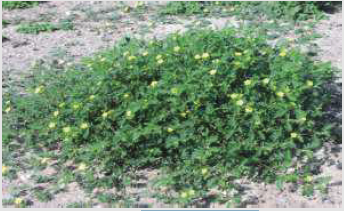

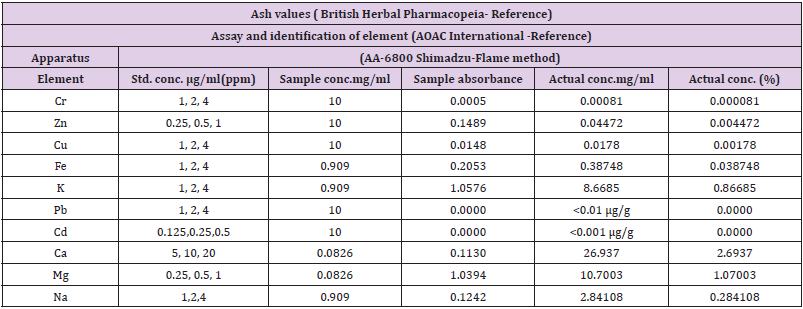


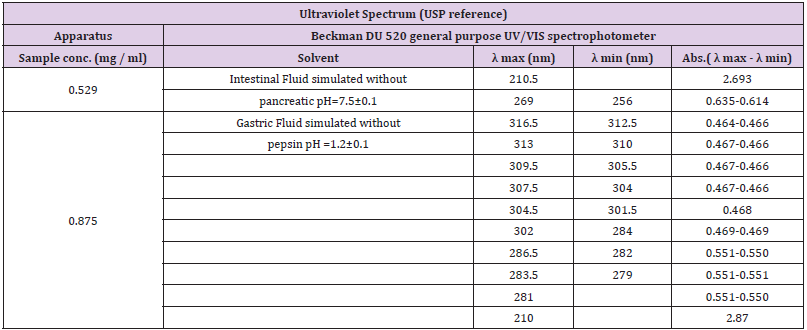
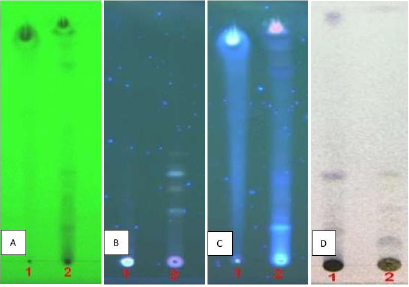
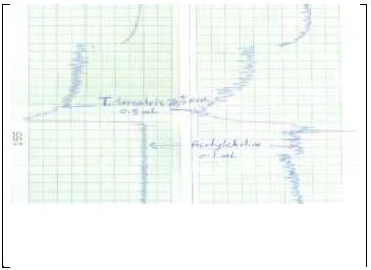
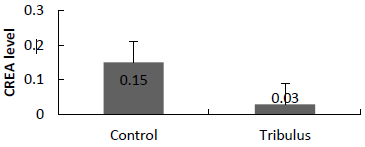
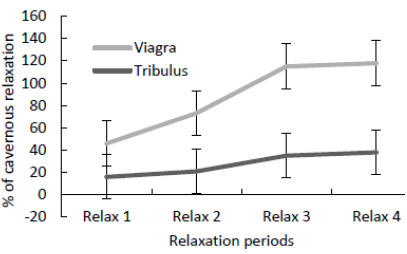
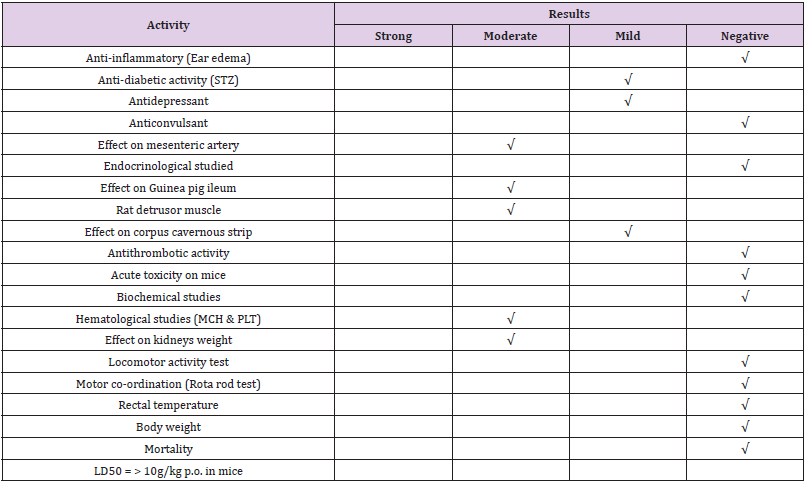


No comments:
Post a Comment
Note: Only a member of this blog may post a comment.